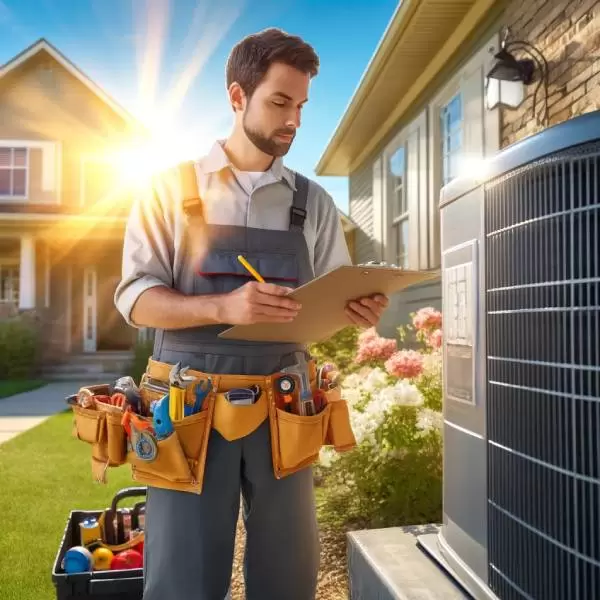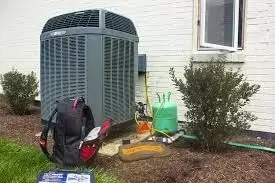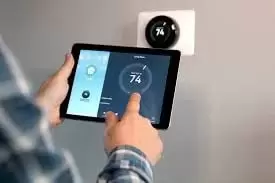All Posts
 Get Your AC Tune-Up Spring Discount And Save Money & Energy!
Get Your AC Tune-Up Spring Discount And Save Money & Energy!
Get Ready for Spring with Our HVAC Maintenance Special—Only $39.95! Hello Spring! 🌷 As the last chills of winter fade here in the Augusta, WV,…
Most people know that mold can be a major issue and cause health problems for individuals who are sensitive to it. But did you know…
As the temperatures rise, you rely on your air conditioner to keep you cool as a cucumber on the warmest days. However, if you’re a/c…
Whether you have a HVAC system installed or you’re planning on acquiring one, you may want to know the terms and types of warranties that…
Tank Water Heaters People are most familiar with conventional tank water heaters. These heaters come in sizes that range from 30 gallons to 50 gallons—some…
 When Is The Best Time To Schedule AC Maintenance?
When Is The Best Time To Schedule AC Maintenance?
Once the hot summer temperatures settle in, your air conditioning system becomes the star of your home. Since you depend on your AC to keep…
 What Is A Ductless Air Conditioner?
What Is A Ductless Air Conditioner?
In simplest terms, a ductless air conditioner, also known as a mini-split system, is a cooling system that does not involve ductwork. Having a ductless…
 8 Ways To Decrease Humidity In Your Home
8 Ways To Decrease Humidity In Your Home
“I love when it’s humid in my house!” – said no one, ever. Dealing with excessive heat and humidity is uncomfortable and awful. It’s even…
 Schedule an HVAC Tune-Up
Schedule an HVAC Tune-Up
Even though you’ve probably been using your AC year-round here in Phoenix, the reality is that your whole system could still use an inspection and tune-up before the…
 Are Smart Thermostats Worth It?
Are Smart Thermostats Worth It?
For some people, the answer is yes. If you do a lot of traveling or are out for many hours during the day, it may…







